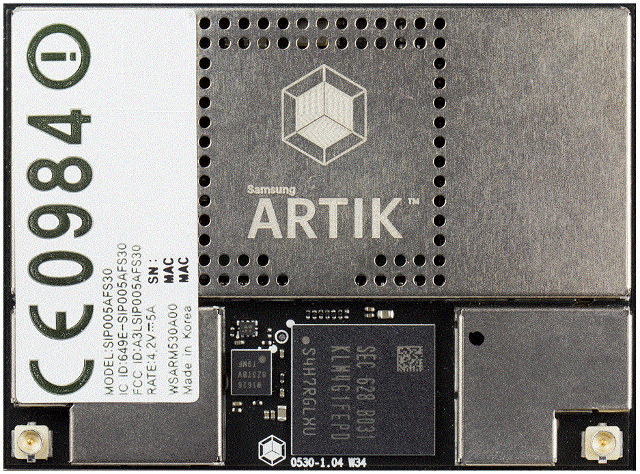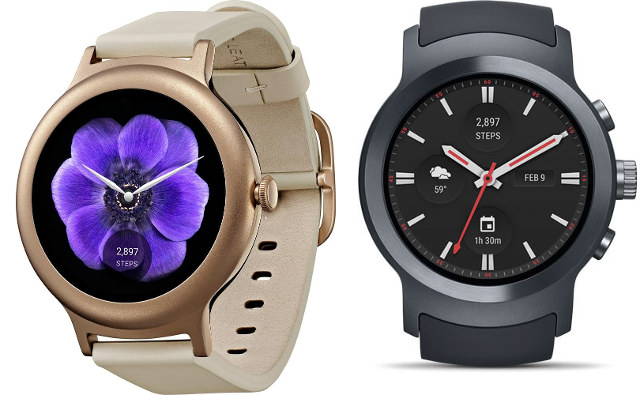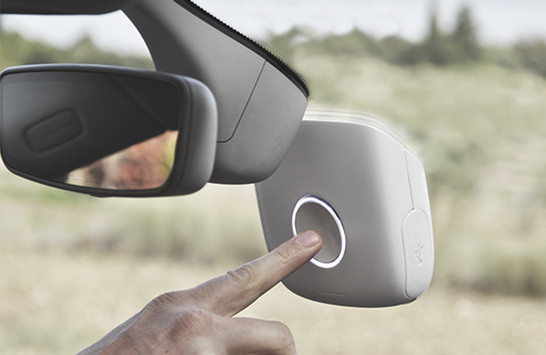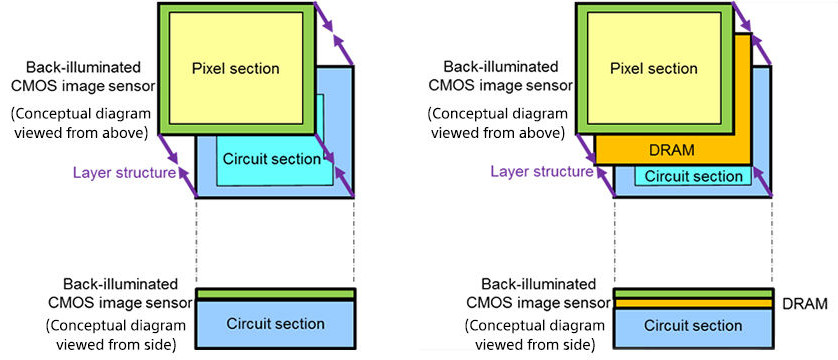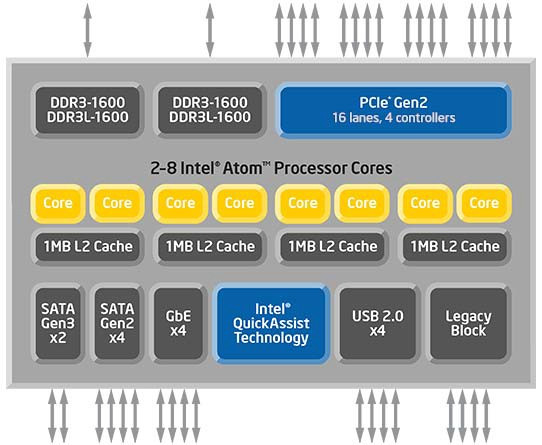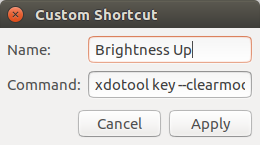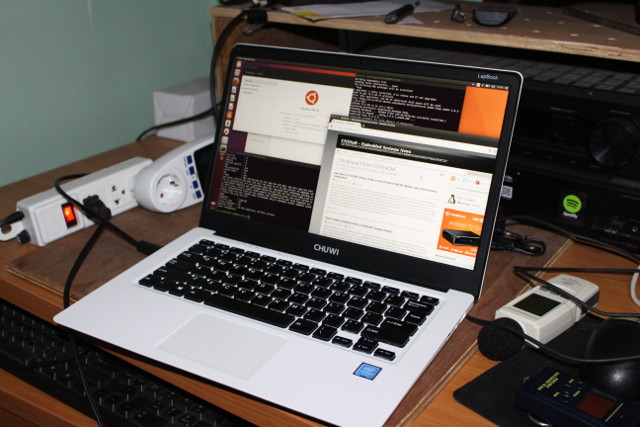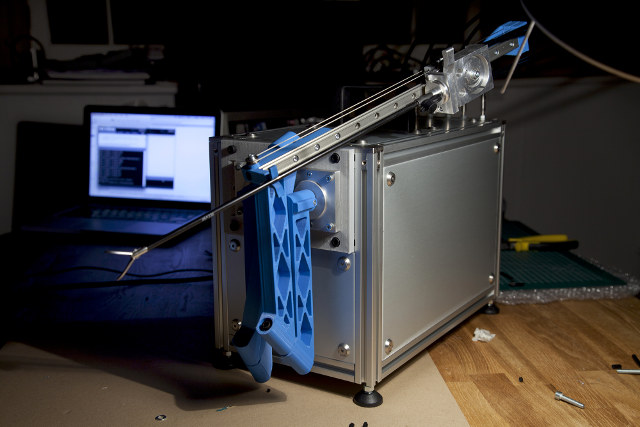Samsung unveiled Artik 1, Artik 5, and Artik 10 IoT modules & development board families in 2015, but since then they dropped the Artik 1 family, and instead launched Artik 0, Artik 5, and Artik 7 modules and boards late last year. More recently the company canceled the more powerful Artik 1020 development board, but the Artik project is still going on, as they’ve just added Artik 530 module & development kit to their Artik 5 family. Samsung ARTIK 530 module specifications: SoC – Unnamed Quad core ARM Cortex A9 processor @ 1.2 GHz with a 3D graphics accelerator System Memory – 512 MB DDR3 Storage – 4GB eMMC v4.5 flash Connectivity – Dual band SISO 802.11 a/b/g/n WiFi, Bluetooth 4.2 LE + Classic, 802.15.4/Zigbee/Thread, 10/100/1000M MAC (external PHY required) Other Interfaces and peripherals Camera – 4-lane MIPI CSI up to 5MP (1920×1080 @ 30fps) Display – 4-lane MIPI DSI […]
LG Watch Style and Watch Sport Smartwatches Launched with Android Wear 2.0
Google released an Android Wear 2.0 developer preview last May at Google I/O 2016, with the new operating system now supporting standalone apps and keyboard and handwriting input method, featuring a new user interface with material design support, integrating Google Fit & Google Assistant support, and supporting many of the features available in Android 7.0 Nougat like data saver, and emojis. The first two devices running the latest Android Wear 2.0 will be LG Watch Style and Watch Sport smartwatches. LG Android Wear 2.0 watches specifications can be found in the table below (Source: XDA) LG Watch Style LG Watch Sport (W280A) Display 1.2″ 360×360 P-OLED (Gorilla Glass 3) 1.38″ 480×480 P-OLED (Gorilla Glass 3) Processor Snapdragon Wear 2100 @ 1.1GHz RAM 512MB 768MB Storage 4GB Connectivity Wi-Fi, Bluetooth 4.2 Wi-Fi, Bluetooth 4.2, LTE, NFC, GPS Sensors Accelerometer, Ambient light sensor, Gyro sensor Heart Rate Sensor (PPG), Gyroscope, Accelerometer, Barometer […]
Dride is a Voice Controlled Dashcam Driving Assistant Powered by a Raspberry Pi Board (Crowdfunding)
Next Thing introduced Dashbot Car Dashboard Assistant based on CHIP Pro module late last year, and it will get some competition with Dride, a driving assistant powered by Raspberry Pi, that can also be voice controlled like Dashbot, but includes a Pi camera to record videos, and alert the users of dangers using computer vision, for example when they drive too close to the car in front. The system leverages Raspberry Pi board and Pi Camera, and adds an outer shell, Dride’s Raspberry Pi HAT, and a car charger & cable. Some of the key features listed for the Dride include: Cloud support – Upload and store driving videos to your Dride profile ADAS – Safety alerts in case of lane deviation or frontal collision Voice – Voice commands for navigation & messaging Connectivity – Bluetooth, WiFi, and GPS The developers also provide “Dride – Passenger Seat Driver” app for […]
Sony Has Developed a Smartphone Camera Sensor Capable of Recording 1080p 1000 fps Slow Motion Videos
Sony has announced what it claims to be the first 3-layer stacked CMOS image sensor with DRAM for smartphones, which allows for fast data readout speeds making possible still images capture of fast moving objects with minimal focal plane distortion, and recording of Full HD (1920×1080) slow motion movies at 1000 fps, which compares to current solutions capable of only 720p @ 240 fps such as Google Pixel phones. Sony CMOS camera key specifications as listed in the press release: Effective pixel count – 5520 (H) x 3840 (V) 21.2 megapixels Image size Diagonal – 7.73mm (Type 1/2.3) Unit cell size – 1.22μm (H) x 1.22μm (V) Frame rate Still images – 30fps; 4:3 19.3 megapixels / 16:9 17.1 megapixels Movies – 60fps @ 4K (3840 x 2160); 240fps @ Full HD / 720p Image format – Bayer RAW Reading speed – 8.478 ms (4:3 19.3 megapixels) / 6.962 ms (16:9 […]
Older Intel Atom C2000 Series Server Chips May Stop Working After a While, and There’s no Fix
It takes time and efforts to debugging hardware and software to get a product right, but some bugs may be hard to reproduce, or only happen over time, and it appears some Intel Celeron C2000 series processor for microservers may stop working after about 18 months, with the likelihood of problems increasing over time, due to clock signals that stop functioning. This is documented in Intel Atom Processor C2000 Product Family Specification Update, with Errata AVR 54 explaining the issue: AVR54. System May Experience Inability to Boot or May Cease Operation Problem: The SoC LPC_CLKOUT0 and/or LPC_CLKOUT1 signals (Low Pin Count bus clock outputs) may stop functioning. Implication: If the LPC clock(s) stop functioning the system will no longer be able to boot. Workaround: A platform level change has been identified and may be implemented as a workaround for this erratum. Status: For the steppings affected, see Table 1, “Errata […]
How to Assign Brightness Keys in Ubuntu 16.04 and Greater
Yesterday, I installed Ubuntu 17.04 in CHUWI LapBook 14.1, and was surprised everything appeared to work properly. However, the laptop does not come with brightness up and down keys. So I looked for ways to assign other keys to adjust brightness on the laptop, and eventually found a solution on AskUbuntu, and tried the options for Ubuntu 16.04. First we need to install xdotool, a utility that simulate keyboard input and mouse activity:
|
1 |
sudo apt install xdotool |
Once it’s done, go to the Dash, start Keyboard settings app, select Shortcuts tab, and click on the + icon on the bottom of the window to bring up the “Custom Shortcut” window. Now fill the Name field with “Brightness Up”, and the Command field with:
|
1 |
xdotool key --clearmodifiers XF86MonBrightnessUp |
Repeat the procedure with for the down key filling the Name field with “Brightness Down”, and the Command:
|
1 |
xdotool key --clearmodifiers XF86MonBrightnessDown |
Now we should have our two brightness keys, and we […]
Installing Ubuntu 17.04 on CHUWI LapBook 14.1 Apollo Lake Laptop
[Update: The instructions below do not work with the newly manufactured models because CHUWI completely changed the hardware The company also disabled the Linux option in the BIOS (See comments in this post) So you may need to use rEFInd boot manager or isorepin.sh script to install Linux (and some drivers may still not work out of the box) ] Since I’ve completed the review of CHUWI LapBook 14.1 with Windows 10 last week-end, I’ve decided to give it a try with a Linux distribution, and I chose to go with a daily build of Ubuntu 17.04 since we’ve seen Apollo Lake platforms need a recent Linux kernel. While Ubuntu 17.04 will be officially release in April 2017, likely with Linux 4.10, the current (alpha) build comes with Linux 4.9. I had already quickly booted Ubuntu 17.04 on the Laptop from a USB drive flashed using Rufus right after the […]
Open Surgery Initiative Aims to Build DIY Surgical Robots
Medical equipments can be really expensive because of the R&D involved and resulting patents, low manufacturing volume, government regulations, and so on. Developed countries can normally afford those higher costs, but for many it may just be prohibitively expensive. The Open Surgery initiative aims to mitigate the costs by “investigating whether building DIY surgical robots, outside the scope of healthcare regulations, could plausibly provide an accessible alternative to the costly professional healthcare services worldwide”. The project is composed of member from the medical, software, hardware, and 3D printing communities, is not intended for (commercial) application, and currently serves only academic purposes. Commercial surgical robots can cost up to $2,000,000, but brings benefits like smaller incisions, reduced risks of complications and readmissions, and shorter hospital stays thanks to a faster recovery process. There have already been several attempts within the robotics community to come up with cheaper and more portable surgical […]


